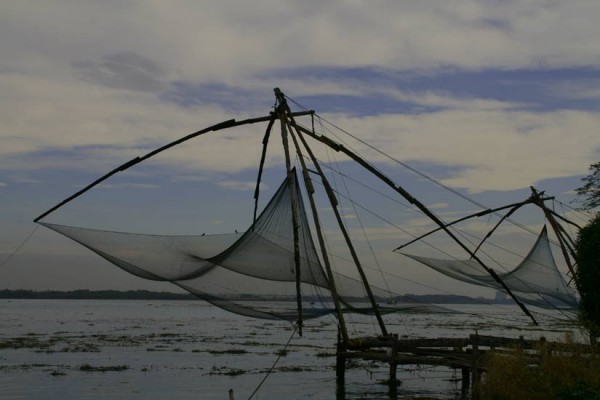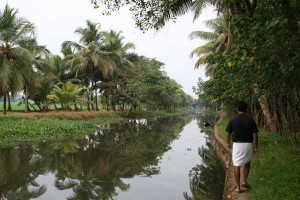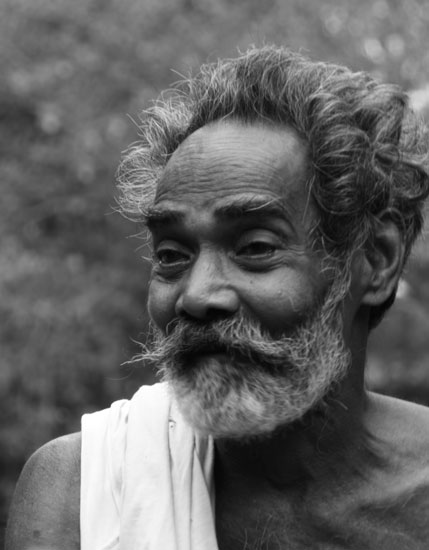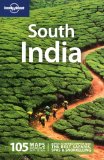 In the last Kerala India Travel post we reviewed The Rough Guide to Kerala, a detailed but compact guide for those just visiting the state. However if you are touring other destinations in South India then Lonely Planet South India is a great choice. The latest version of this guide has just been released (September 2009) so is packed full of up to date practical information.
In the last Kerala India Travel post we reviewed The Rough Guide to Kerala, a detailed but compact guide for those just visiting the state. However if you are touring other destinations in South India then Lonely Planet South India is a great choice. The latest version of this guide has just been released (September 2009) so is packed full of up to date practical information.
Contents
The Lonely Planet South India is a 576 page guide that is surprisingly compact and lightweight, considering it covers such a large region. It features information on Mumbai, Goa, Maharashtra, Karnataka, Kerala, Andhra Pradesh, Tamil Nadu, and the Andaman & Nicobar Islands. It includes:
South India Highlights – a run down of the top ten highlights in the region with large colour photos. Three of the highlights are in Kerala (Kerala Backwaters at Number 1, Fort Cochin and Kannur). This is a nice visual introduction to the region.
Getting Started – I like this useful section that focuses on the key practicalities you need to plan your trip. It introduces you to South India and deals with when to go, costs, key items to pack and includes Top Picks for books, festivals and trips.
Events Calendar – featuring major national festivals by month. State specific festivals aren’t included here, but there are festival lists in each state chapter.
Itineraries – I find the suggested itineraries section in Lonely Planet guides one of the most useful features when first planning a trip. Especially with a region as large as South India it can be overwhelming deciding where to go and working out what is possible in a certain period of time. This section shows suggested routes on a map with a description and recommended time frame.
You get an idea of what the most popular attractions are, as well as suggestions on how to avoid the crowds in the Road Less Travelled itineraries. The Tailored Trips routes are great for focusing on an area of interest – in this case temples, ashrams, festivals and beaches. I’m not suggesting you slavishly follow these routes but they are a great starting point for planning a trip around your own interests.
History & Culture – These sections are essential for improving your understanding of South India. The detailed culture section covers lifestyle, religion, women in India, arts and sport.
Food & Drink – Another vital chapter focusing on South Indian food that features a lovely full colour section with photos and a helpful glossary.
Environment & Activities -The useful activities chapter highlights the best places for certain activities such as elephant rides or birdwatching. This is helpful for choosing an itinerary based on an interest. It includes a holistic and spiritual activities section telling you where to go for ashrams, yoga and Ayurveda etc.
Main Guide – The main guide is divided up by state. Each state chapter starts with an introduction, map, key facts (such as when to go, language etc) and a list of festivals. It lists 9 festivals for Kerala. Information on destinations covers practical information, sights & activities, sleeping, eating, drinking, entertainment, getting there & away, and getting around.
Directory, Transport & Health – The detailed practical information that applies to the whole region is listed at the back of the guide. Here you’ll discover what to expect from Indian toilets, scams to look out for, how to send a parcel or book a train and a huge amount of other invaluable information.
Language – The language section includes key phrases in all major South Indian language- Tamil, Kannada, Konkani, Malayalam (for Kerala), Marathi and Telugu.
Green Index List – A list of organisations featured in the guide that are committed to sustainability.
Pros
- The latest version of Lonely Planet South India has just been released, so the information is very up to date.
- Lots of accurate and easy to use maps.
- The suggested itineraries section is very helpful for planning a trip.
- Accurate and detailed transport information. I believe Lonely Planet provide the best advice on how to get from A to B.
- Compact and not too heavy (especially compared with the huge Lonely Planet India).
- Useful colour food and drink section for making sense of the range of delicious food on offer.
- Activities section for planning a trip around an interest.
- Green Index List helps you find sustainable organisations.
- Language section features all six major South Indian languages (including Malayalam for Kerala which is not included in Lonely Planet India).
Cons
- It doesn’t cover Keralan specific culture and destinations in as much detail as The Rough Guide to Kerala.
- Lonely Planet is the most popular guide with travellers in India, so you could end up following the crowds, especially with the accommodation recommendations.
Summary
Lonely Planet South India is a comprehensive, detailed guide to the region packed with useful information.
I personally like the Lonely Planet format, but if you are a Rough Guide fan you might also want to consider the Rough Guide to South India. However the latest version was published in October 2007 so is two years older than the Lonely Planet South India.
There are only six more pages of Kerala information in Lonely Planet South India than there is in the Lonely Planet India, so if you are travelling all over the country it’s worth getting this complete guide to the country. Read my review of the Lonely Planet India guidebook here.
Buy the Lonely Planet South India Now.
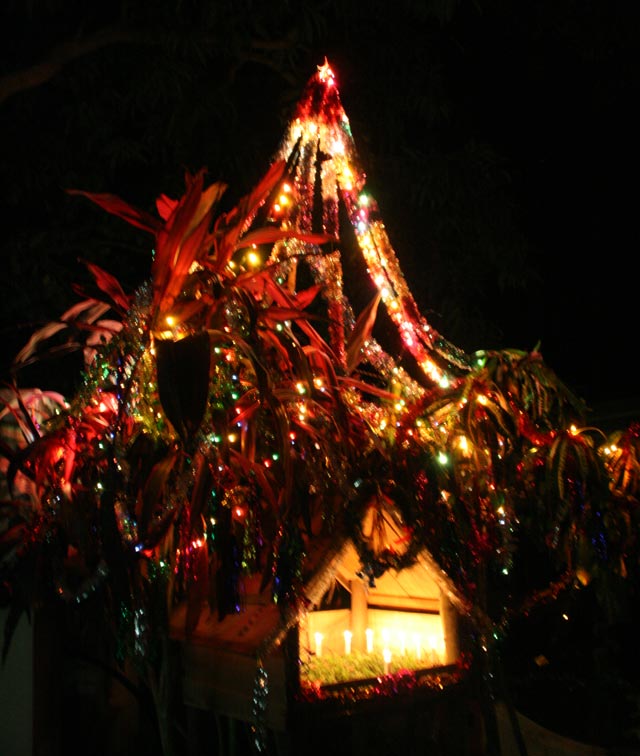
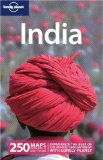 This is the final part of our Kerala Guidebook Review series. I have recommended
This is the final part of our Kerala Guidebook Review series. I have recommended  In the last Kerala India Travel post we reviewed
In the last Kerala India Travel post we reviewed
